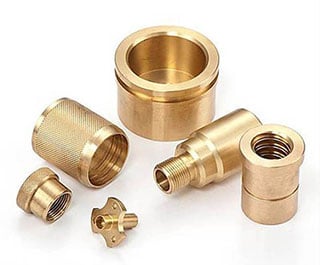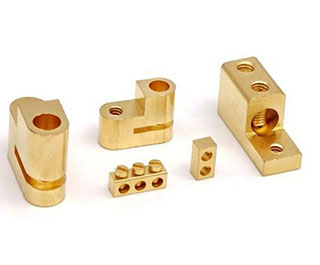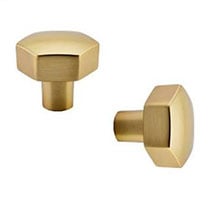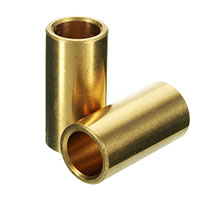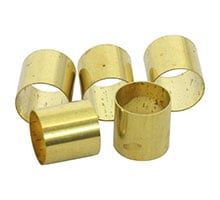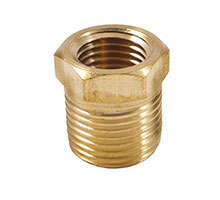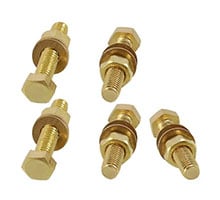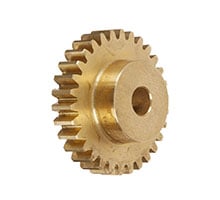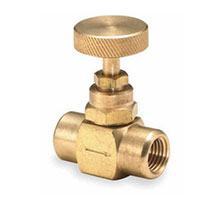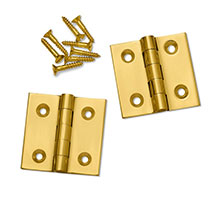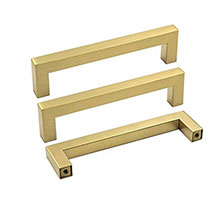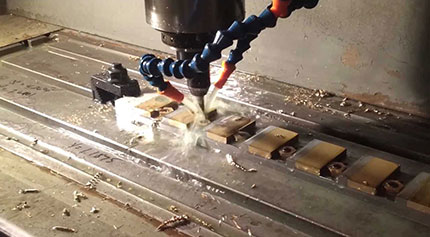
Table of Contents
What is H62 Brass?
H62 brass refers to a type of ordinary brass with an average copper content of 62%, the “H” in H62 which from GB (Guobiao) standards, represents the first letter of the Pinyin of the Chinese character “Huang”, and 62 represents the average content of copper. The ordinary brass added other elements called special brass, which is still represented by “H”, followed by the added chemical symbols and their average composition. For example, HAl59-3-2 contains 57%-60% copper, 2.5%-3.5 aluminum, 2%-3% nickel and the remainder is zinc.
H59 brass is the cheapest brass with high strength, high hardness, and poor plasticity. It also can withstand pressure processing under the hot state, its corrosion resistance is average and other properties are similar to H62.
H59 vs H62 Brass, Which One to Choose – Difference Between H59 and H62
H62 and H59 are two types of ordinary brass, with similar characteristics, but differ in cost. The H62 is a little more expensive due to the relatively higher copper content. What are other differences between H62 and H59, and which alloy should you choose in different applications?
1. The most significant difference is their copper content and chemical composition.
Composition of H59 Brass:
Copper (Cu): 57 – 60%
Lead (Pb): ≤ 0.5%
Phosphorus (P): ≤ 0.01%
Iron (Fe): ≤ 0.3%
Stibium (Sb): ≤ 0.01%
Bismuth (Bi): ≤ 0.003%
Zinc (Zn): remainder
Impurity: ≤ 1.0%
Composition of H62 Brass:
Copper (Cu): 60.5 – 63.5%
Iron (Fe): ≤ 0.15%
Lead (Pb): ≤ 0.08%
Stibium (Sb): ≤ 0.005%
Bismuth (Bi): ≤ 0.002%
Phosphorus (P): ≤ 0.01%
Zinc (Zn): remainder
Impurity: ≤ 0.5%
2. Properties
H59 Properties:
Tensile strength σb (MPa): ≥ 294
Elongation δ10 (%): ≥ 25
Hot working temperature: 730 – 820 ℃
Annealing temperature: 600 – 670 ℃
H62 Properties:
Tensile strength σb (MPa): ≥ 315
Elongation δ10 (%): ≥ 30
Hot working temperature: 650 – 850 ℃
Annealing temperature: 600 – 670 ℃
3. Performance and applications. H59 brass has cheap price and ordinary corrosion resistance, so it is generally used for machine parts, welding parts, hot stamping and hot rolling parts, suitable for electrical appliances, electronics, lighting, hardware, mounting horizontal, switch, gasket, battery contact piece, copper button, watch strap, decorative necklace, bracelet, ring and other brass products. H62 brass has good mechanical properties, good corrosion resistance and better plasticity in hot or cold condition, it is easy to machine, braze and weld, but also easy to produce corrosion cracking, it can be used for parts need to withstand large load and the is a good material for making faucets. Common uses of H62 brass including pin, nut, washer, radiator, sugar industry, shipbuilding industry, paper industry, and other parts.

